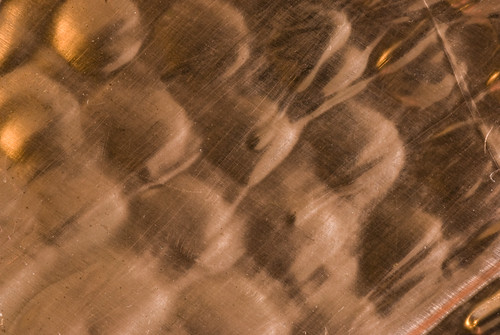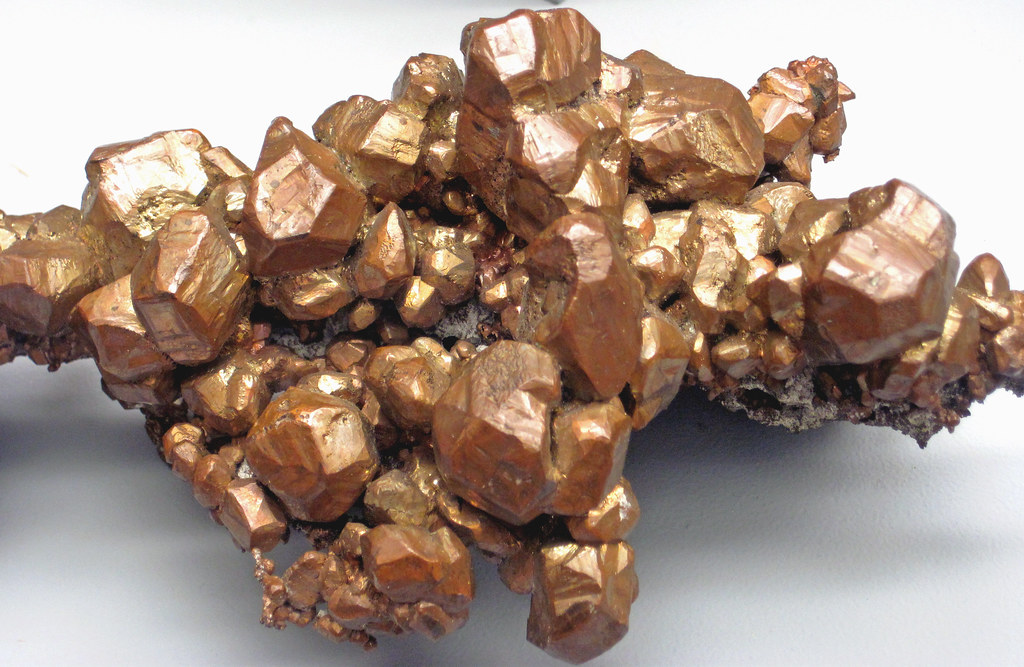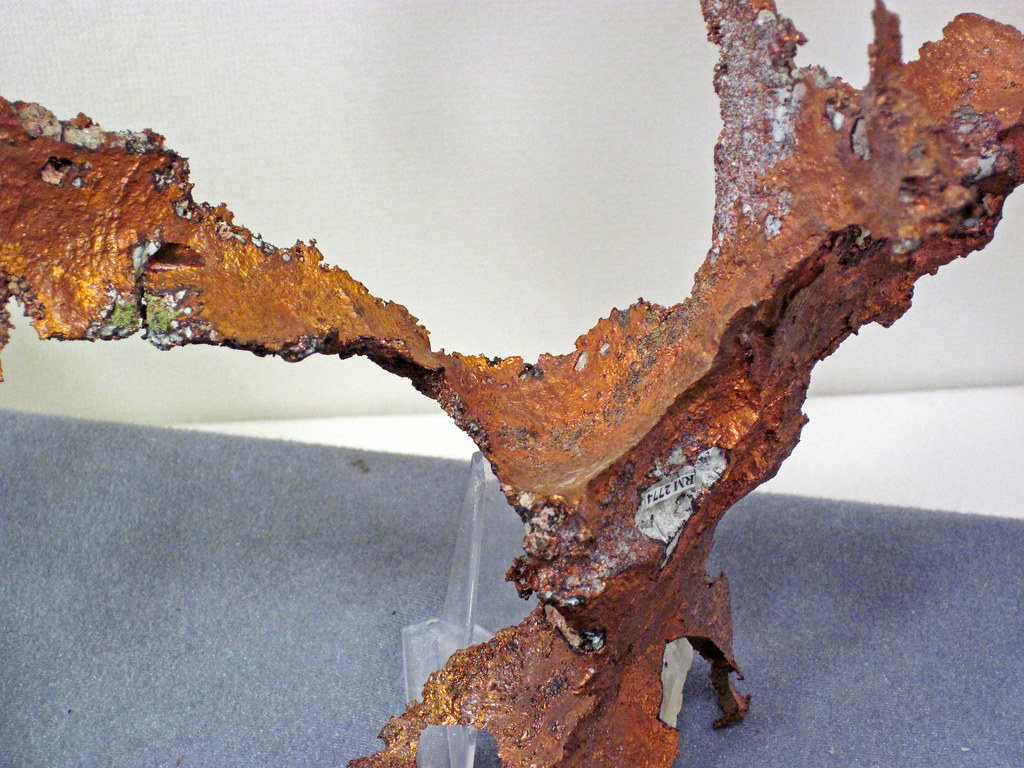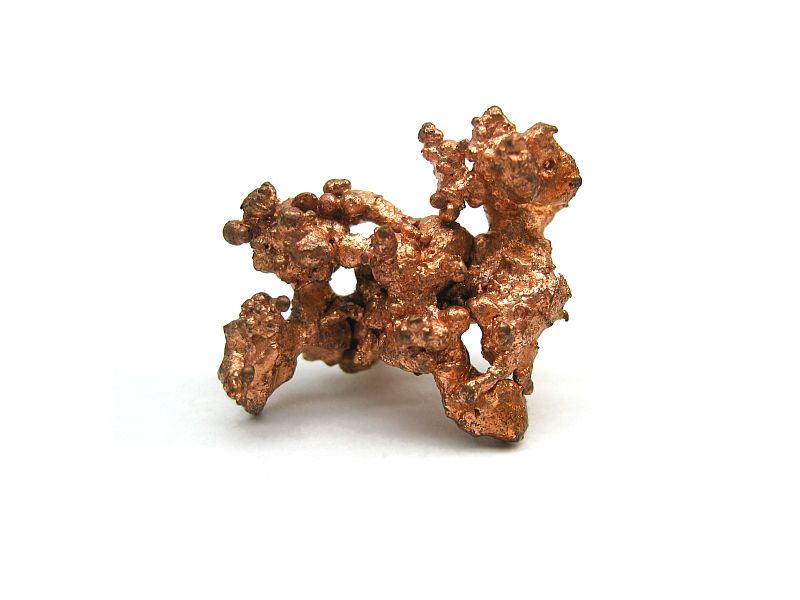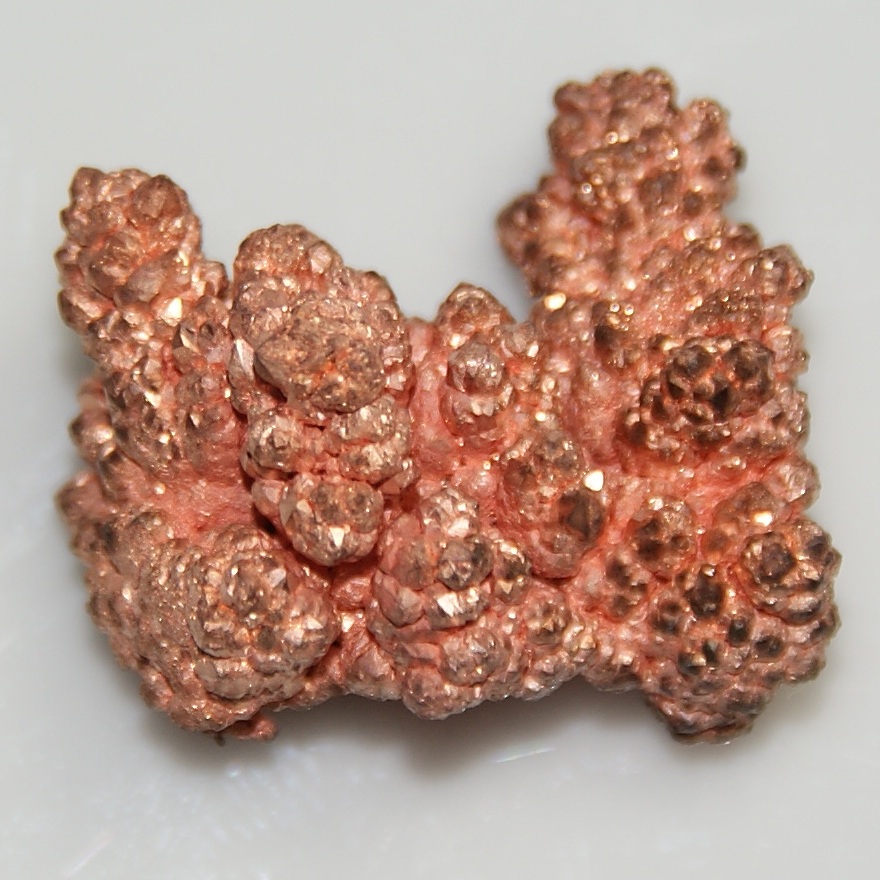Investing in physical commodities has always been an enticing option for those looking to diversify their investment portfolio. And among the various options available, copper stands out as a valuable and historically significant choice.
In this article, we will explore why investing in physical copper is gaining popularity and the benefits it offers. We will also delve into the different forms of physical copper available for purchase, the factors influencing its price, practical tips for buying and storing it securely, as well as considerations when selling it.
So let’s dive in and discover why physical copper might be the right investment for you.
Introduction to the Value and History of Copper
Copper, a prized metal throughout history, holds immense industrial importance. From ancient civilizations using it for tools to modern applications in wiring, plumbing, and electronics, copper’s versatility is undeniable.
With excellent conductivity, corrosion resistance, and antimicrobial properties, it remains an essential component across various industries. Its enduring value and contributions continue to shape our world.
Understanding the Benefits of Buying Physical Copper
Investing in physical copper offers several advantages. Firstly, it is a tangible asset with intrinsic value, providing stability and serving as a reliable store of value over time. Secondly, physical copper acts as a hedge against inflation and currency fluctuations, protecting investors’ purchasing power.
Additionally, including copper in an investment portfolio allows for diversification, reducing overall risk exposure. Lastly, the potential returns and long-term stability of copper make it an attractive investment option.
Overall, owning physical copper brings tangible benefits to investors seeking stability and diversification in their portfolios.
Different Forms of Physical Copper Available for Purchase
Investing in physical copper offers a secure and tangible way to diversify portfolios. Two popular options are copper bars and coins, as well as copper rounds.
Copper bars and coins come in various sizes and weights, allowing investors to choose based on their budget and goals. Bars range from 1 ounce to 10 pounds, offering flexibility for small or large-scale investments. Authenticity and purity are crucial when buying physical copper, so look for reputable dealers with certificates of authenticity.
Copper rounds are similar to coins but lack legal tender status. They often feature intricate designs or historical motifs, appealing to collectors as well as investors. These rounds offer an opportunity to invest in physical copper while adding aesthetic value to one’s collection.
Investors can choose between bars, coins, or rounds based on their preferences and investment objectives. Ensuring authenticity and considering design appeal can help make informed decisions when purchasing physical copper.
Factors Influencing the Price of Physical Copper
The price of physical copper is influenced by global supply and demand dynamics, as well as speculation, market sentiment, and investor behavior. Industries like construction, electronics, and automotive drive copper consumption, while infrastructure development in emerging markets plays a crucial role.
Speculation and external factors such as geopolitical events and economic indicators can cause short-term price fluctuations. Understanding these factors helps investors make informed decisions in the copper market.
Practical Tips for Buying Physical Copper
When purchasing physical copper, it’s important to research reputable dealers or brokers who specialize in precious metals. Verify their credentials, read customer reviews, and assess their track record. Ensure that your chosen dealer or broker offers secure storage facilities or options to protect your investment from theft or damage.
Consider logistics-related factors such as transportation costs and insurance coverage. Shipping large quantities of heavy copper can be expensive, so compare prices to find cost-effective options. Additionally, make sure you have adequate insurance coverage during transit to safeguard your investment.
By following these tips, you can confidently navigate the process of buying physical copper and make informed decisions that will maximize the potential of your investment.
Risks Associated with Buying Physical Copper
Investing in physical copper carries risks due to market volatility and price fluctuations. Copper prices can swing significantly in response to economic conditions, geopolitical events, or changes in supply and demand dynamics. There is also a risk of encountering counterfeit or fake products when purchasing copper.
To mitigate this, only buy from reputable dealers who provide authenticity guarantees and have proper quality control measures in place.
In summary, buying physical copper involves risks related to market volatility, price fluctuations, and the possibility of encountering counterfeit products. It is crucial to stay informed about market trends and purchase from trustworthy sources to minimize these risks.
Storing Physical Copper Securely
Investors who choose to invest in physical copper understand the need for secure storage options. Whether it’s safeguarding their investment at home or opting for off-site storage solutions, there are various considerations to keep in mind.
For those who prefer convenience and direct control over their physical copper holdings, home storage can be a viable option. Safes, lockboxes, or even dedicated vaults offer peace of mind and easy access to your investment. However, before deciding on home storage, it’s important to consider insurance coverage.
Ensuring that your homeowner’s insurance policy adequately covers the value of your physical copper holdings will provide an additional layer of protection.
Alternatively, investors may opt for off-site storage solutions provided by professional vaults or depositories. These specialized facilities focus on safeguarding precious metals like copper and offer enhanced protection against theft, damage, and natural disasters.
By choosing an off-site option, investors can benefit from increased security measures and expert handling of their investment.
When considering off-site storage, it’s crucial to inquire about insurance coverage provided by the facility. Confirming that your investment is adequately insured against any potential loss or damage will provide added peace of mind.
In summary, whether you choose home storage options or opt for off-site solutions offered by professional vaults or depositories, ensuring the secure storage of your physical copper is essential. Consider insurance coverage carefully and weigh the pros and cons of each option before making a decision on storing your valuable investment.
Selling Physical Copper When Desired
When it comes time to sell your physical copper, there are various outlets you can explore to maximize your returns. Traditional options such as coin shops and bullion dealers offer competitive prices based on current market rates. These outlets have long been trusted by investors for their expertise in dealing with precious metals.
However, with the advent of online platforms and auctions, you now have a broader reach and the potential for higher selling prices. Utilizing these channels requires caution, as transactional risks exist. It is crucial to ensure that you are dealing with reputable buyers who will provide a fair price for your physical copper.
Before making any decisions, consider several factors that can impact the selling price of your physical copper. Keeping an eye on current market conditions is essential. Copper prices can fluctuate significantly, so timing your sale strategically can help you maximize profits.
Furthermore, it is important to consult with a tax professional to understand any potential tax implications associated with selling physical copper. Different jurisdictions may have varying tax regulations concerning the sale of precious metals.
By seeking professional advice, you can navigate these complexities and make informed decisions that align with your financial goals.
In summary, when it comes time to sell your physical copper, there are multiple avenues available to you. By exploring different selling outlets and considering factors such as market conditions and tax implications, you can ensure that you make the most profitable decision possible.
[lyte id=’rEDyD6nXHwc’]
